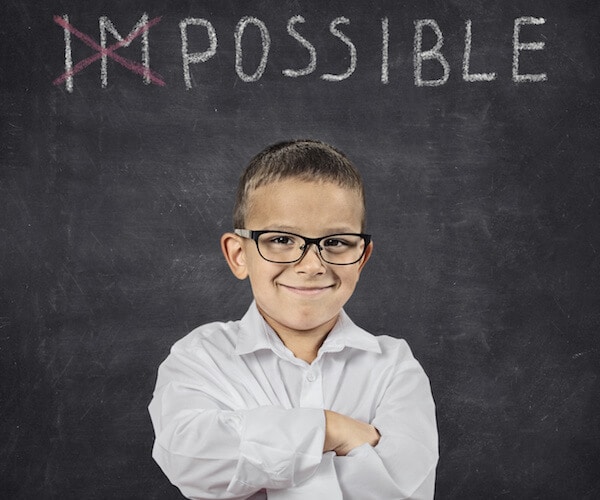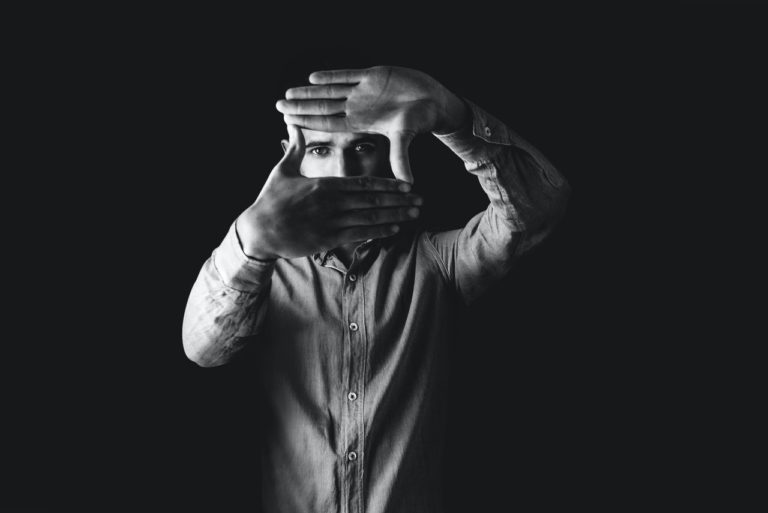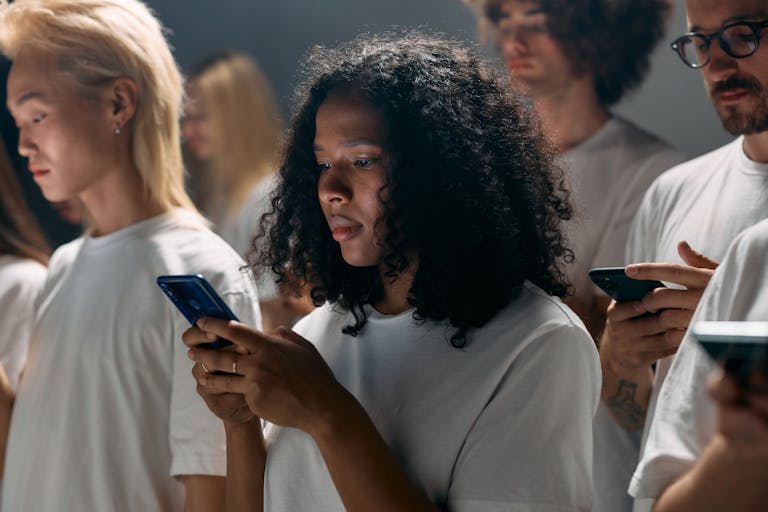Today I lined two chairs up across the room directly facing each other. I then asked my patient to sit on one and look at the other. I asked him what he could tell me about it. He told me, in a wonderfully detailed response that “the chair [was] yellow”. Helpful. “Yes”, I said, “but can you tell me anything more? Where is it, how far away is it, how big is it, what would it feel like, what is next to it and behind it?” Again, he looked at me like I was slightly mad, which albeit I am, and said “it’s just a chair”. Oh but it was so much more than ‘just a chair’ and this is what I set out to prove to him.
Transforming Your Vision of the World
I asked him to get up and walk over and sit on the chair. He did so easily, and continued to believe there was no method to my madness. So I asked him how he walked there. I asked him where he looked as he walked, I asked how many steps he took, I asked him if he turned to the left or the right as he sat, I asked him if he used his hands or the backs of his legs to feel the position of the chair before he sat on it. And wouldn’t you know it… he had absolutely no idea. He couldn’t answer one question. So I asked him to walk back to his original chair and repeat the same movement, thinking about the process behind the action. Over and over again. We walked and sat, walked and sat.
At this point I am sure you are thinking what a bizarre activity and how this could possibly be of benefit. Well stick with me, we are getting there. So once he was completely confident that it took exactly 4 steps, a turn and then he could sit without looking at his feet or the chair, I changed things up a bit. I got out some wonderful glasses with yoked prism lenses in them – which, in English, pretty much means I make the child look like a Minion! These great goggles allow me to shift the patient’s world at different angles. It makes it look as though they are walking up or down slopes, or it can make everything seem shifted to the left or the right. They force visual concentration and ask the patient for a perceptual shift in the way that they see and respond to what is around them.
I put these on my patient and, again, he looked at the chair across from him. I asked him what had changed. He said the chair looked further away and that the ground was sloped. But it wasn’t. Nothing had changed. He knew I didn’t move the chair further, he knew I hadn’t suddenly developed magical carpentry and architectural skills to redesign the room around him in a split second and he knew that it had to be his vision that was causing the issue.
So I asked him to trust me (I’m still slightly surprised that he did). I also asked him to trust himself. I asked him to make a judgement call on what he was looking at and to decide that if he stuck to his guns and simply repeated the 4 steps and a turn he could do it. With his mother cheering him on from the sidelines, I encouraged him to believe wholeheartedly that he was more than capable of walking over to that now terribly daunting chair and sitting on it. After only half a minute of deliberation, he stood up, took his (I say ‘his’ because he had now taken personal ownership of this action) 4 steps, turned and sat. And you should have seen the smile on his face!
We repeated the process a few more times and – bless his cotton socks – he always succeeded. He was able to stop, think about what he needed to do, how he would need to do it, plan the action and then carry it out. At the end of the session I asked him one final question: “You know how sometimes at home when you are trying to do your homework and everything looks like a mess and you don’t think you can do it so you give up? Do you think if you sat back, took a breath and planned out what was being asked of you in your head you might be able to do it?” Cue lots of nodding from mum. To this he answered, with another wonderfully detailed response, “Yeah, probably’… Well, that was good enough for me!







